5 Actions for Content Creators to Make The Influencer Industry More Inclusive


By now you’ve probably heard numerous rallying cries advocating the need for diversity, representation and inclusion. It seems that each day there are new headlines either exposing the lack of diversity in X industry or celebrating the moves towards it in another.
These aren’t just buzzwords or the latest trends in the business world. It’s simply a reflection of a very real flaw in our society that demands to be addressed.
According to the US Census Bureau, America is becoming increasingly diverse with all racial and ethnic minorities growing at a faster rate than whites from 2015 to 2016. In fact, it’s projected that people of colour will make up the majority of America’s population by 2043 – that’s just a little over two decades from today!
And that’s just diversity in terms of race and ethnicity. That doesn’t even address the growing diversity in other intersections of identity that run the gamut from religion to gender, from ability to class, from body shape and size to sexuality – all of which reflect the reality of our world.
Yet the images we see in mainstream media still remain largely homogenous while positions of power across all industries still remain in the hands of the same elite – that is to say white, cis and straight men.
At Wanderful, we’ve been working to combat this very problem in our area of expertise – the travel industry. As a global community and lifestyle brand that specializes in helping all women travel the world, we’ve been using our platform to exemplify diversity and inclusion in our practices.
But more than that, we’ve also been at the forefront of pushing influencers and creators in the space to do the same through our Women in Travel Summit (the premier event for travel’s top marketing talent) and our Creator Collective (a community of travel innovators, influencers, business owners and industry marketers).
As influencer marketing grows, especially in the travel industry, we recognize the power of creators to make seismic shifts in the travel industry. We have an opportunity (and a responsibility!) to promote and embody inclusivity by reflecting accurately who is traveling the world, representing our host communities with dignity and respect, bridging cultures, and creating the potential for empathy.
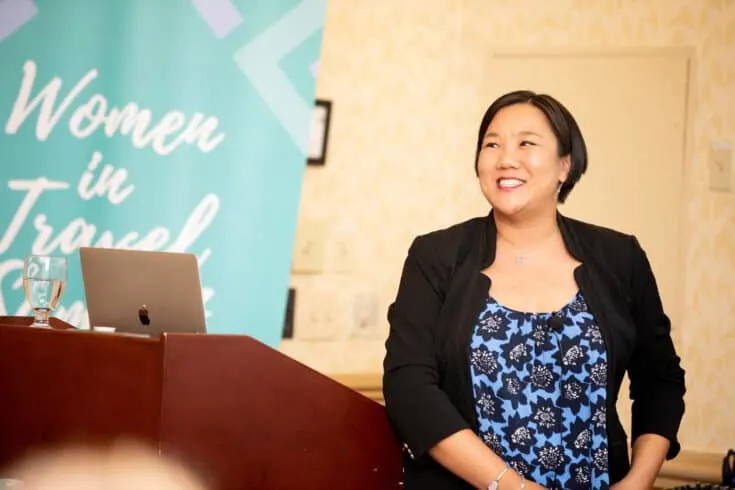
Seems like a lot to take on? Well, no one said this work was easy!
What can you do as a creator to catalyze this kind of change? Here are five specific actions you can take right now to promote and embody inclusivity as a creator and influencer!
Language is significant. Language affects not just how we perceive the world but how we move through it. What we say, and more specifically, the words we use matter. And it matters significantly when we are trying to create change.
“I believe that if we want to be inclusive, you have to be explicit,” says Natalia Oberti Noguera, CEO of Pipeline Angels, an angel investing firm for women and non-binary femme social entrepreneurs. “I introduce myself by saying: I’m cis, I’m queer, I’m Latinx, and my pronouns are “she/her.”
The language we use is very important, and it helps create inclusive spaces by signaling to others that they belong…it’s so important to intentionally invite diverse people to the table.”
Being explicit with our words means opening the way for deep and meaningful connections with our audience and ultimately creating community.
But more than just being explicit, the words we choose should also be precise. All too often, travel writers can fall into vague, cliché, and frankly, lazy tropes that diminish the richness of the people and places we visit turning them instead into flat stereotypes.
Before hitting publish on that next blog or Instagram post, be sure you’re not falling into these common traps that actively work to silence voices or even erase experiences:
Our audience relies on us for information and knowledge of faraway peoples and places that they may not have the luxury of visiting. What will we share and how will we share it?
As the great Toni Morrison once said, “Oppressive language…does more than represent the limits of knowledge; it limits knowledge.”
Will we expand our readers’ knowledge or limit it?
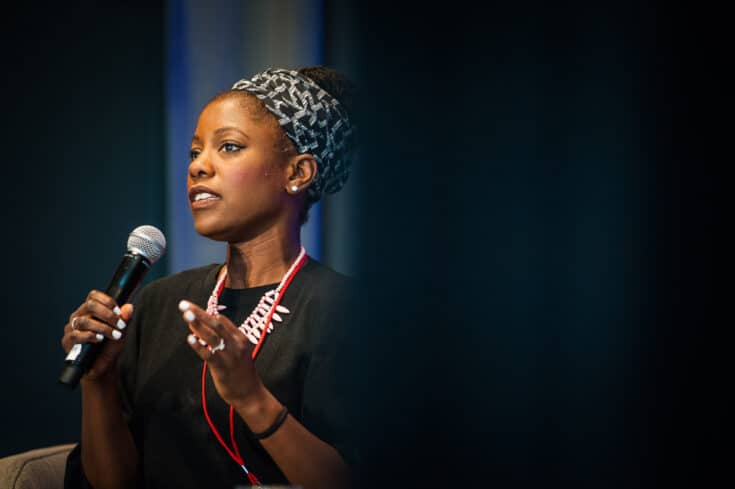
As travel influencers, we have powerful platforms and a significant opportunity to amplify the voices that often go unheard and the stories that often go untold all around the world. What stories will you choose to tell? Whose voices will you work to amplify?
When writing that next blog post or Instagram post about your latest destination, ask yourself the following questions:
As Chimamanda Ngzoie Adichie famously said, “The single story creates stereotypes, and the problem with stereotypes is not that they are untrue, but that they are incomplete.” These questions are critical for us to consider if we truly want to move beyond stereotypes and instead tell richer, more nuanced stories.
Need concrete examples of what I’m talking about? Just take a look at these exceptional examples of creators and influencers who moved beyond the single story.
All of these creators brought unique perspectives that are often ignored in mainstream media. Not only did they share diverse perspectives, but they also passed the mic entirely to someone who was better able to speak to the topic at hand.
Looking for untold stories and amplifying unheard voices ultimately make for more compelling tales. Beyond that, it can also broaden your reach to new and important communities.
We can’t say this enough – publish, feature, promote, amplify and collaborate with diverse voices!
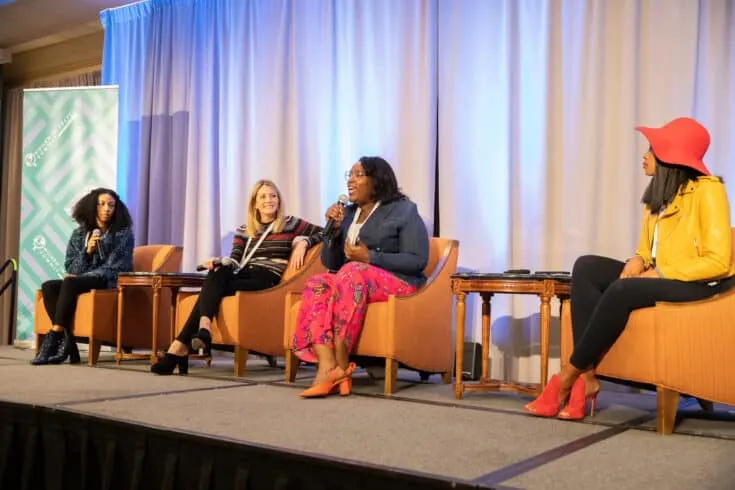
Just as we need to be intentional and impeccable with our words, so too should we be with the images we share. When sharing photos from our travels, we must be careful not to perpetuate narrow caricatures of the peoples and places that we encounter.
To create a more inclusive world, we need to tell more nuanced stories and critically examine the images we take and choose to share. We can start by asking these key questions:
Remember that people are not objects to be used. They are not monuments or buildings or statues or mountains. People are human, just like you, and they are entitled to respect and dignity.
As travel influencers, we can promote and embody inclusivity by shifting the story of who holds power in our photos. Instead of highlighting exclusively the poverty of a developing country, why not show all of the incredible local activists, educators and artists who are sparking change in their local communities?
As travel influencers, we can promote and embody inclusivity by shifting the story of who travels. Instead of exclusively centering ourselves in our photos, why not feature other creators from across different intersections of identities who are exploring the world and doing great work?
As travel influencers, we can promote and embody inclusivity by complicating the narrative.
After all, as the photographer and environmentalist Ansel Adams once said, “you don’t take a photo, you make it.”
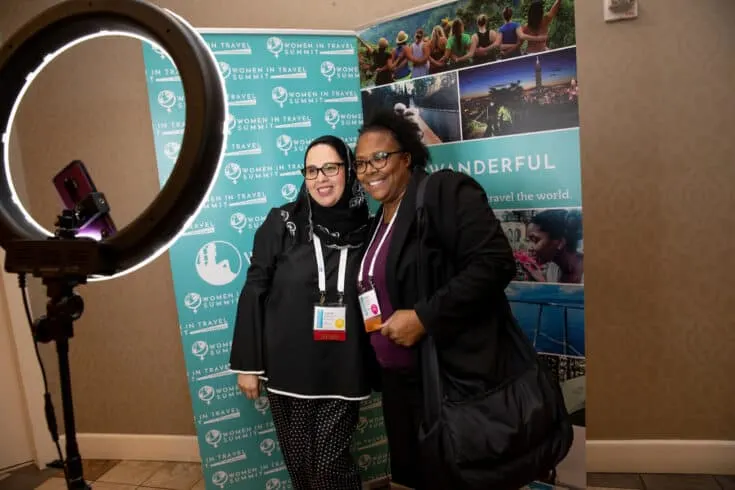
Now that we’ve covered content, let’s talk delivery!
Is your content accessible? That is to say, is your content inclusive for people of varying abilities? Are your website, email newsletters and social media channels providing a good user experience for anyone and everyone who might stumble upon it?
According to a 2018 report from the Centre for Disease Control and Prevention, 61 million U.S. adults, or 1 in 4 Americans, have a disability that impacts a major part of their life. That’s 25% of your audience!
Is your content designed in a way that’s inclusive of this crucial part of the population? It should be!
Just think about it this way: choosing not to provide a good experience for 25% of your audience is like denying every fourth guest from entering your home or shared space. Is that something you’re prepared to lose out on?
Going even further, a recent survey of Facebook users in 50 countries found that more than 30% of people report difficulty with at least one of the following: seeing, hearing, speaking, organizing thoughts, walking or grasping with their hands.
Disabilities can affect the way someone moves through the physical world, but it can also affect the way someone navigates the digital world. For instance, someone who doesn’t have full use of their hands may not be able to use a mouse and may use a keyboard or voice input instead.
Someone with a visual impairment may not see text or images as it appears on their computer screen. They may need a screen reader to read the words out loud.
If we want to create digital spaces that are truly inclusive, accessibility must be at the heart of how we develop our platforms and create our content. This includes quick and easy actions as well as more involved and strategic decisions and planning – from providing descriptive captions on our images to choosing thoughtful color contrasts in our texts and designs, and from including transcripts for our videos to developing our websites to adhere to accessibility standards.
It might seem like a lot to take on, but the good news is that most of the major platforms we use today (think Facebook, Instagram, YouTube, WordPress, etc.) are building with accessibility front of mind. There are also tons of resources now available to guide us through this process of accessibility. Here are some favorites:
At the end of the day, making your content as accessible as possible just means being an effective communicator and a successful influencer as you are able to reach a wider, more inclusive audience!

Finally – and this is the big one! – demand inclusivity from your brand partners. Brands are set to spend up to $15 billion on influencer marketing by 2022. We not only have the power to influence our own audiences, but we also have the power to do the same for brands who want to partner with us – and all for the better!
How do you do that?
First and foremost, be thoughtful and intentional when choosing to partner with DMOs, tourism boards or other brand partners. Do your research by looking not just at the value of their products and services, but also digging into their social media accounts and past campaigns.
Are they, like you, telling untold stories, amplifying diverse voices, and building accessibility into their delivery of content, product and services? If not, are they willing to learn and take action towards doing so?
Do a thorough analysis of their networks to understand their commitment to inclusivity and/or at what stage they are at in their journey towards inclusivity. Who have they worked with in the past? Do they work with diverse influencers or work to amplify traditionally marginalized communities? Are they planning to?
It is critical to understand who makes up their network in this work towards inclusivity. Are there key voices and influencers from diverse backgrounds that they should be working with but aren’t yet? Can you connect them and are they interested in being connected?
And of course, meet with your potential brand partners to understand their core values and share your own. In the influencer industry, we talk a lot about how “authenticity” is integral to success. And really, what’s more authentic than aligning yourself with brands that share your own values, mission and vision?
Don’t shy away from asking these critical questions to understand who your potential brand partners are and what they stand for. It’s ultimately a reflection of your own brand too.
If this potential brand partner isn’t yet implementing inclusivity into their campaigns and aren’t even planning to, demand it. Use your influence as leverage to advocate for more diverse voices and faces on press trips they’re organizing, on ads they’re creating, on panels they’re hosting, on all the content they’re sharing. Seize this opportunity to educate them on the importance of inclusivity in reaching a broader and more diverse market.
As influencers, we have the power to signal the shifts we want to see in our industry and in the world. This is where our true potential for creating change really lies and it’s time we make it happen.
Now the only question that remains is this – what shifts will you catalyze through your platform?
For the first time ever Mediavine is offering a scholarship for someone to attend the Women in Travel Summit next year in Kansas City, MO, which would would be such a great way for travel creators to access more practical tools like this. Please get your application in by December 8th to be considered for this incredible opportunity.
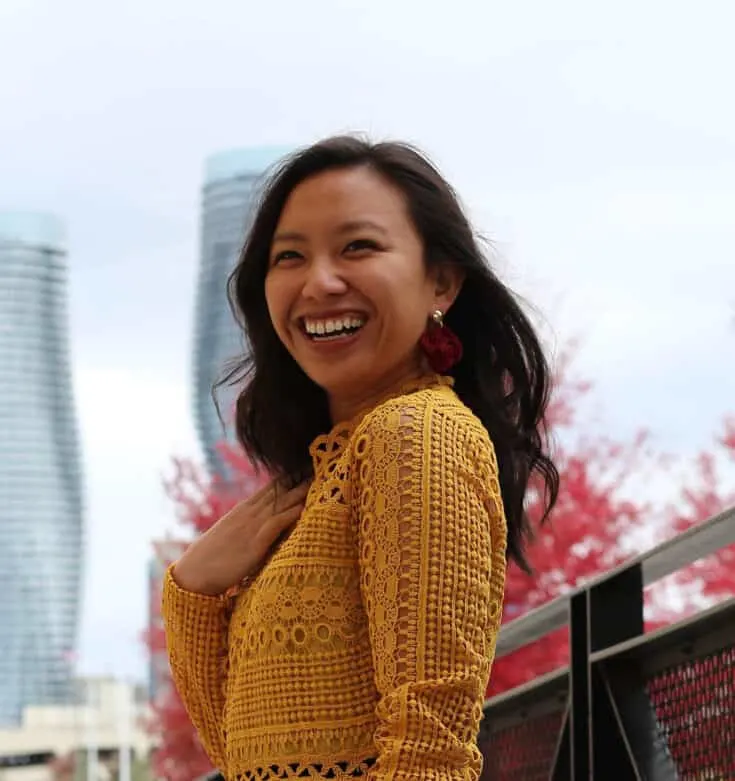
Justine Abigail Yu is the PR & Communications Manager at Wanderful, a global lifestyle brand that leverages the powers of sisterhood and community to help women travel the world. Her expertise lies in growing enterprises from the ground up through strategic digital marketing, compelling storytelling and genuine community engagement.
Justine is also a fierce advocate for diversity, representation and ethics in marketing. She also recently launched Living Hyphen, an emerging magazine that explores the experiences of hyphenated Canadians and examines what it means to be part of a diaspora.
Justine Abigail’s mission is to stir the conscience and spur social change.
Social Links: www.justineabigail.com / www.sheswanderful.com
IG + TW: @justineabigail + @sheswanderful
Stay up to date with the latest from Mediavine
Yes! If that is all it takes to convince you, then our work is done here. If you need more information, let’s dive in… A successful blog is an essential part of …
The value of Influencer Marketing is skyrocketing and is expected to be a 13 billion dollar industry in 2022 — and an 84 billion dollar industry by 2028. Before I …
One of the biggest questions for anyone new to sponsored work (aside from, “What should I charge?”) is: How do I know what brands to pitch?